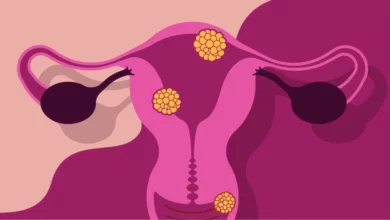What is estrogen?
Your body’s hormones are like a seesaw. When they’re perfectly balanced, your body works as it should. But when they’re unbalanced, you may begin experiencing problems.
Estrogen is known as the “female” hormone. Testosterone is known as the “male” hormone. Although each hormone is identified with a specific sex, both are found in women and men. On average, women have higher levels of estrogen and men have more testosterone.
In women, estrogen helps initiate sexual development. Along with another female sex hormone known as progesterone, it also regulates a woman’s menstrual cycle and affects her entire reproductive system. In premenopausal women, estrogen and progesterone levels vary from one stage of the menstrual cycle to another.
In men, estrogen also plays an important role in sexual function.
Causes of high estrogen
High levels of estrogen can develop naturally, but too much estrogen can also result from taking certain medications. For example, estrogen replacement therapy, a popular treatment for symptoms of menopause, may cause estrogen to reach problematic levels.
Your body may also develop low testosterone or low progesterone levels, which can upset your hormonal balance. If you have estrogen levels that are abnormally high relative to your progesterone levels, it’s known as estrogen dominance.
Symptoms of high estrogen in women
When your body’s estrogen and testosterone levels aren’t balanced, you may begin developing certain symptoms. In women, potential symptoms include:
- bloating
- swelling and tenderness in your breasts
- fibrocystic lumps in your breasts
- decreased sex drive
- irregular menstrual periods
- increased symptoms of premenstrual syndrome (PMS)
- mood swings
- headaches
- anxiety and panic attacks
- weight gain
- hair loss
- cold hands or feet
- trouble sleeping
- sleepiness or fatigue
- memory problems
Symptoms of high estrogen in men
open next page to continue reading….




